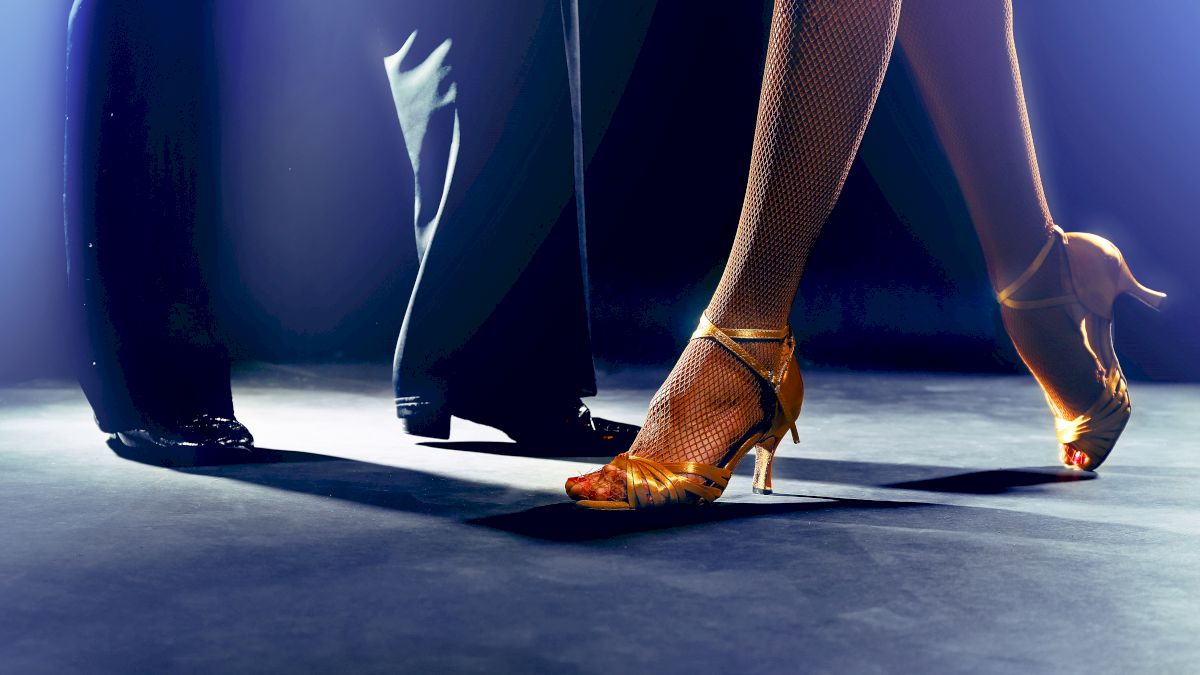The Evolution Of Ballroom Dance
The Evolution Of Ballroom Dance
Take a look at the evolution of ballroom dance around the world, including the Peabody, quickstep, maxixe, and samba.

By Michelle Blank
From the Peabody to the quickstep. From the maxixe to the samba. The world of ballroom is an evolution of its own.
To this day, the history of the sport versus the social aspect of ballroom dancing has originated from the same base. Only recently, pertaining to the last 70 years or so, has the sport gained popularity in terms of competitive achievement. The first unofficial DanceSport World Championship was hosted in 1909, but only around the 1920s or so did the term of "competitive" ballroom dancing make itself known, starting with the Blackpool Dance Festival, the world's first and most famous annual Ballroom Dance competition of international significance.
Dance has always been a way to meet new people, express oneself, and enjoy doing so in a partnership. From this concept, the variety of dance styles has developed monumentally, evolving decade after decade, presently doing the same.
Thus, such historical dances as the schottische of Germany, the minuet of France, the Peabody of America, and the maxixe of Brazil, we have developed such styles including the samba, quickstep, foxtrot, and the waltz. Not only do they attain the same qualities of dance like never before, but the community of dance has turned it competitive as well. Now we have what is known as the world of DanceSport, generation after generation of athletes who put hours and hours, day in and day out, into perfecting choreography and presentational skills. Doing so in a couple, they battle it out to become the best dancers of the world, preserving and flourishing the evolution of ballroom.
From the Peabody to the quickstep. From the maxixe to the samba. The world of ballroom is an evolution of its own.
To this day, the history of the sport versus the social aspect of ballroom dancing has originated from the same base. Only recently, pertaining to the last 70 years or so, has the sport gained popularity in terms of competitive achievement. The first unofficial DanceSport World Championship was hosted in 1909, but only around the 1920s or so did the term of "competitive" ballroom dancing make itself known, starting with the Blackpool Dance Festival, the world's first and most famous annual Ballroom Dance competition of international significance.
Dance has always been a way to meet new people, express oneself, and enjoy doing so in a partnership. From this concept, the variety of dance styles has developed monumentally, evolving decade after decade, presently doing the same.
Thus, such historical dances as the schottische of Germany, the minuet of France, the Peabody of America, and the maxixe of Brazil, we have developed such styles including the samba, quickstep, foxtrot, and the waltz. Not only do they attain the same qualities of dance like never before, but the community of dance has turned it competitive as well. Now we have what is known as the world of DanceSport, generation after generation of athletes who put hours and hours, day in and day out, into perfecting choreography and presentational skills. Doing so in a couple, they battle it out to become the best dancers of the world, preserving and flourishing the evolution of ballroom.